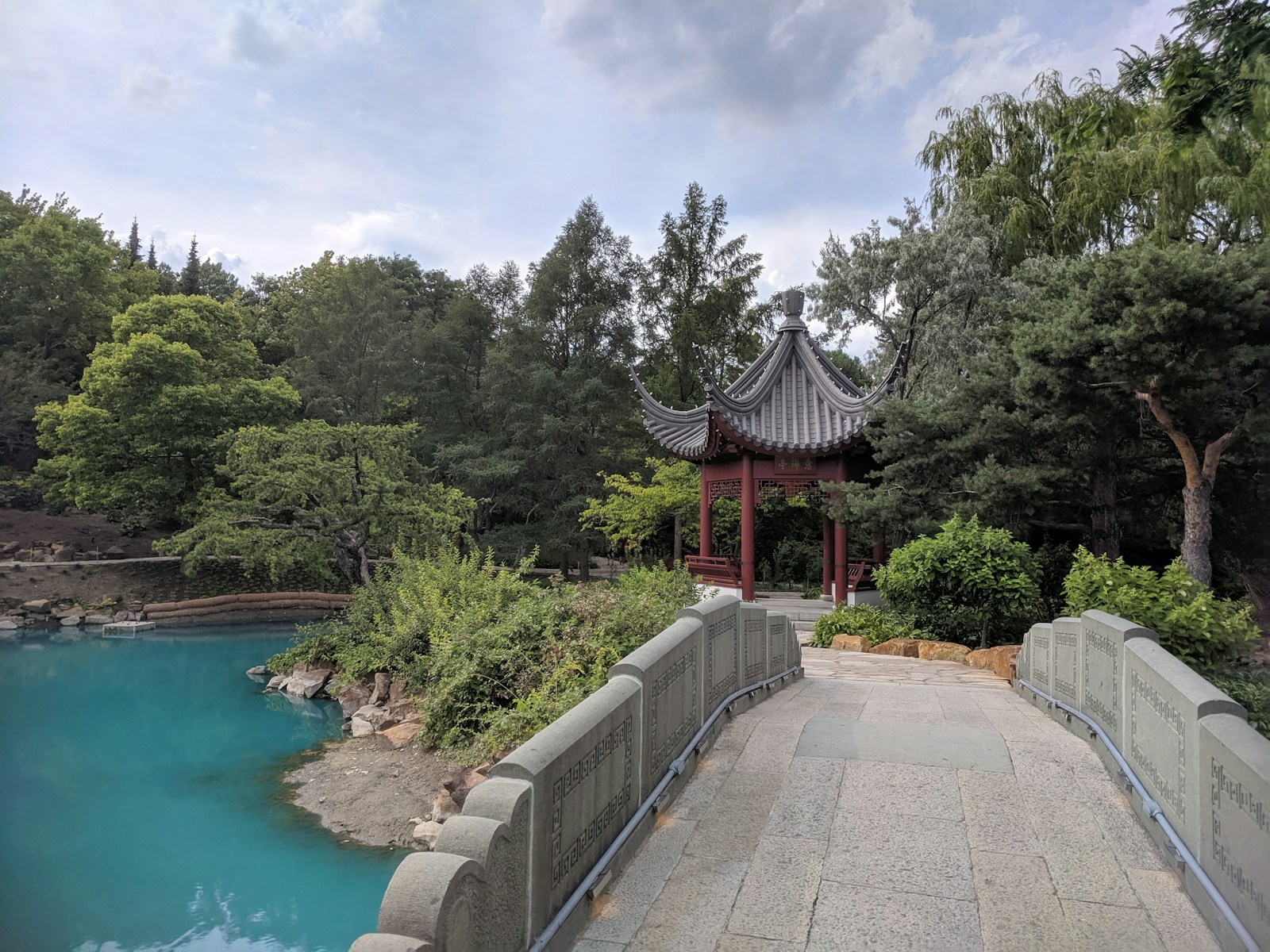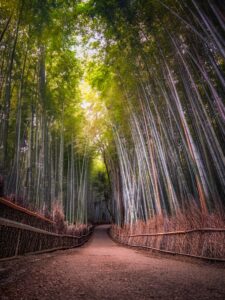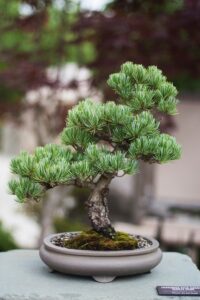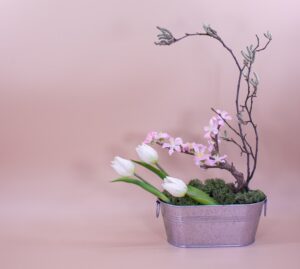In the heart of Japan, amidst its bustling cities and towering skyscrapers, lie tranquil sanctuaries known as Zen gardens. These meticulously designed landscapes are more than just visually appealing; they are embodiments of Zen Buddhism’s principles, offering a space for meditation and reflection. Zen gardens, or Karesansui (dry landscape gardens), strip nature to its bare essentials, using rocks, gravel, and sand to symbolize the natural world. This article delves into the serene world of Zen gardens, revealing their history, symbolism, and the profound impact they have on visitors and enthusiasts alike. From their origins to their global journey, Zen gardens continue to be a source of tranquility and spiritual renewal.
Discovering Zen: Japan’s Garden Sanctuaries
Zen gardens, Japan’s serene sanctuaries, have long captivated the imaginations of both locals and visitors from around the globe. These tranquil havens, characterized by their minimalist approach and profound aesthetic, serve not only as a testament to the country’s artistic and cultural heritage but also as a gateway to inner peace. Discovering these gardens is akin to stepping into a different realm, where every stone, sand pattern, and plant placement is laden with meaning and intent. In these spaces, the hustle and bustle of the outside world fade away, leaving a sense of calm that envelops the soul. The gardens are designed to mimic the intricacies of nature and, in doing so, bring to the forefront the beauty of simplicity and the importance of mindfulness.
The Origins of Zen Gardens: A Serene History
The serene history of Zen gardens dates back to the Muromachi period in Japan (approximately 14th to 16th century), where they emerged as expressions of Zen Buddhism’s principles and teachings. These gardens were conceived as spiritual landscapes, designed to aid in meditation and the journey towards enlightenment. Unlike the lush, ornate gardens of the time, Zen gardens were stark, yet profoundly beautiful in their austerity. They were built in monasteries where monks could engage in zazen (seated meditation), contemplating the seemingly simple yet infinitely complex arrangements of rocks and sand. The history of these gardens is not just a chronicle of landscape design but a story of the quest for inner peace and understanding.
Stones and Sand: Symbolism in Zen Gardens
In the world of Zen gardens, every element carries deep symbolism. Stones and sand play particularly significant roles, representing the very essence of nature and the universe. Rocks, with their permanence and solidity, are often seen as symbols of the eternal aspects of nature, such as mountains and islands. Meanwhile, the sand or gravel, raked into precise patterns, symbolizes water, purity, and the flow of life. These elements are carefully composed to suggest a larger natural landscape, inviting contemplation and introspection. The act of raking the sand, which is done regularly, is in itself a meditative practice, reflecting the ever-changing nature of life and the importance of mindfulness and maintenance in the pursuit of tranquility.
The Art of Karesansui: Dry Landscape Mastery
Karesansui, or the dry landscape technique, is central to the Zen garden’s unique appeal. This art form eschews the use of water, a common element in many traditional gardens, instead using gravel or sand to evoke the impression of water. The mastery involved in creating these dry landscapes lies in the gardener’s ability to suggest the essence of nature using minimal elements. Rocks are often placed to imply mountains or islands, while the raked gravel mimics the flowing water that might surround them. The karesansui technique requires a deep understanding of balance, composition, and symbolism, making the creation and upkeep of a Zen garden a highly skilled practice.
Zen Gardens Today: A Modern Refuge
In today’s fast-paced world, Zen gardens have evolved to become more than historical artifacts; they are modern refuges for those seeking solace and tranquility. These gardens can be found in various settings, from traditional temples and monasteries to public parks and private homes. The principles of Zen gardening have also inspired minimalist design and landscaping worldwide, transcending cultural boundaries. The appeal of a Zen garden in the modern context lies in its ability to offer a quiet space for reflection and meditation, providing a much-needed counterpoint to the chaos of contemporary life. As urbanization continues to encroach on natural spaces, Zen gardens stand as a testament to the importance of preserving moments of tranquility and beauty.
Kyoto’s Hidden Gems: Exploring Iconic Zen Gardens
Kyoto, the ancient capital of Japan, is home to some of the most iconic Zen gardens in the world. These hidden gems, nestled within temple grounds and monastic retreats, offer a glimpse into the profound beauty and tranquility of traditional Japanese landscape design. From the famous rock garden of Ryoan-ji, which invites endless contemplation, to the moss-covered paradise of Saiho-ji, Kyoto’s Zen gardens are a testament to the city’s rich cultural and spiritual history. Exploring these gardens, visitors are transported to a world of serenity and profound beauty, where the principles of Zen Buddhism are woven into the very fabric of the landscape.
Zen gardens, with their tranquil beauty and deep symbolism, remain one of Japan’s most enduring cultural treasures. These landscapes, carefully composed of stones, sand, and minimal vegetation, invite visitors to pause, reflect, and find peace in the simplicity and impermanence of nature. As we’ve explored the origins, symbolism, and artistry of Zen gardens, as well as their significance in today’s world, it’s clear that these spaces offer more than aesthetic pleasure. They are sanctuaries for the soul, providing a path to tranquility and introspection. Whether nestled in the heart of Kyoto or reimagined in distant lands, Zen gardens continue to captivate and soothe, carrying the timeless message of Zen Buddhism to all corners of the globe.



